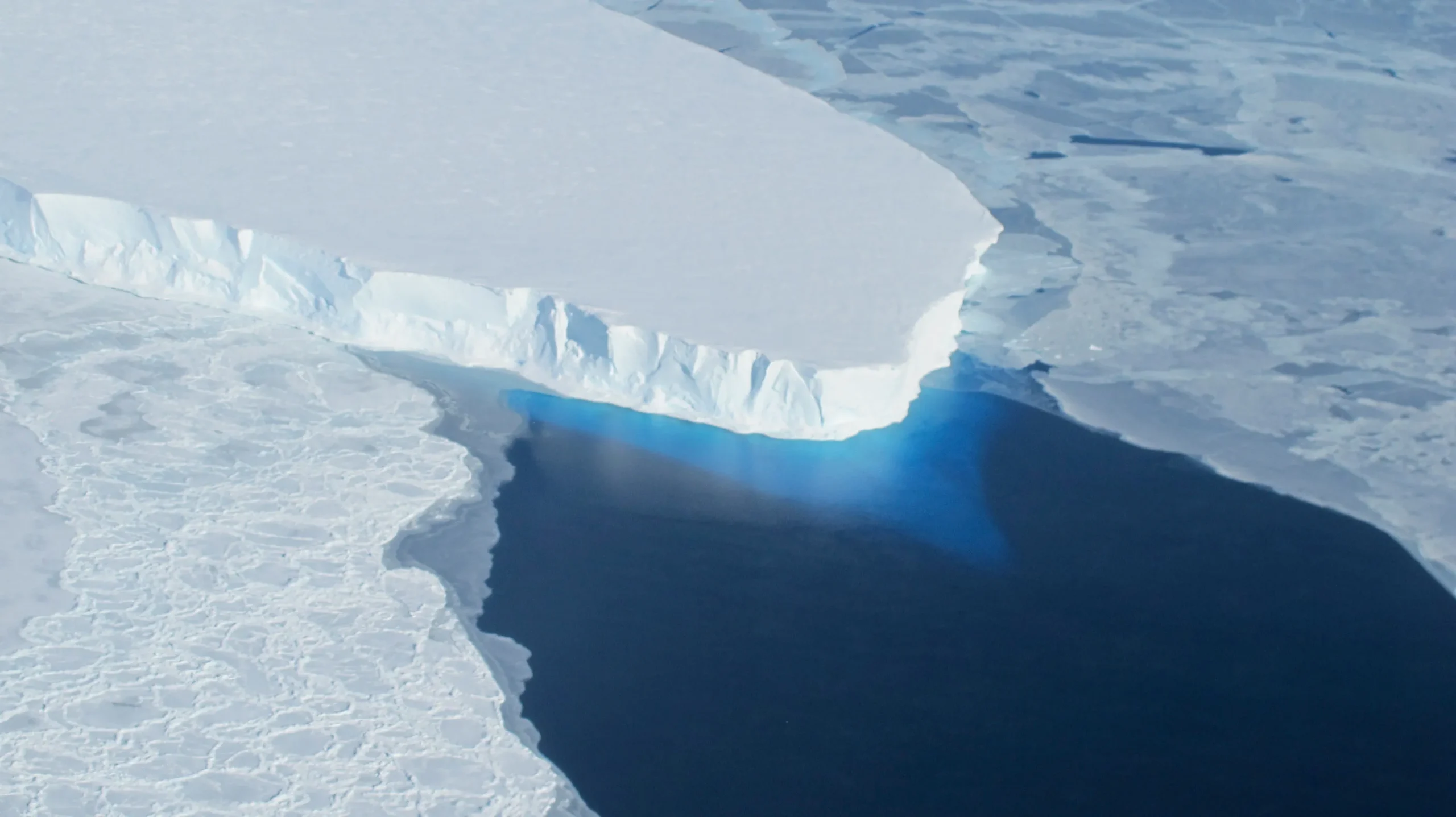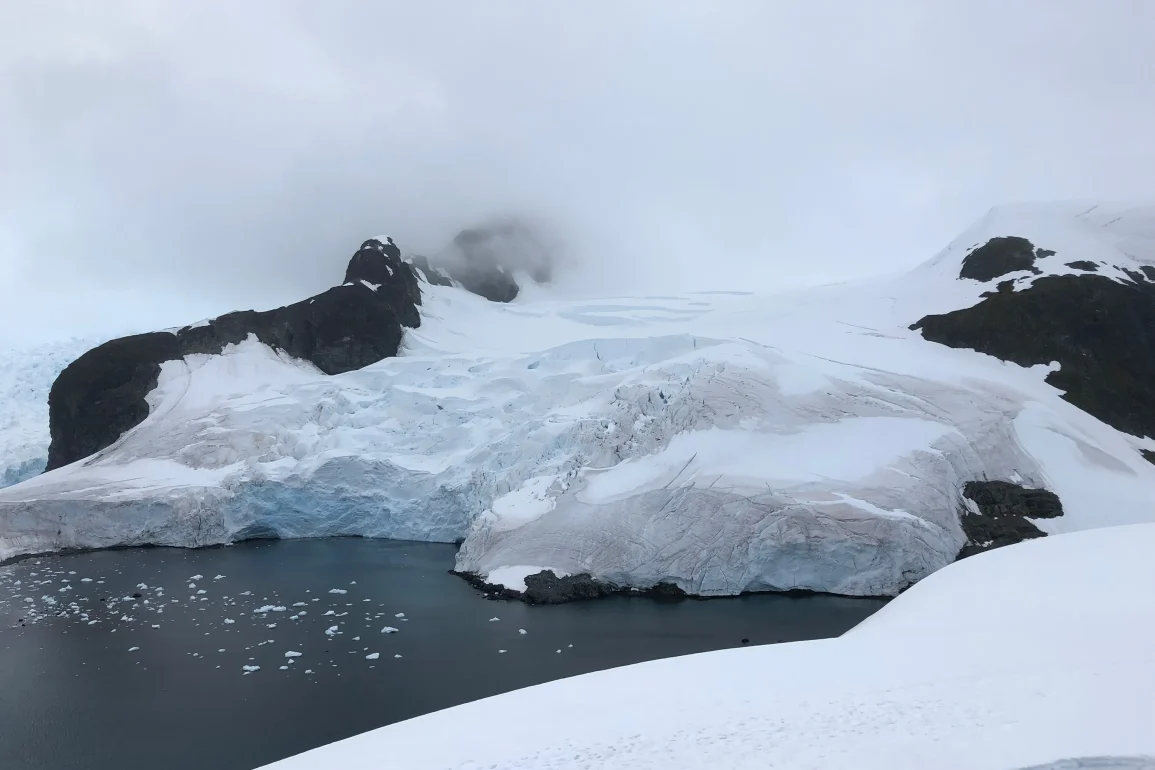Recent climate research highlights both worrisome and hopeful developments in our understanding of potential climate change impacts. This week, new findings about Antarctica’s Thwaites Glacier, often dubbed the “Doomsday Glacier,” suggest it may not be as dire a threat as previously feared.
The glacier, located on the West Antarctic Ice Sheet, has been closely monitored due to its potential to significantly contribute to rising sea levels, which could inundate coastal areas and displace millions.
The latest study on Thwaites Glacier indicates that the most catastrophic projections—a 50-foot sea level rise that could submerge much of Florida—are less likely to occur within this century. Researchers, including lead author Mathieu Morlighem from Dartmouth University, have found that while Thwaites will continue to retreat and impact the West Antarctic Ice Sheet, the pace of its collapse will be slower than some extreme predictions suggested.
Despite this somewhat reassuring news, the broader situation remains concerning. The accelerating ice loss from both Greenland and Antarctica is still significant. According to Morlighem, while the rapid collapse of Thwaites Glacier is now deemed even less probable, sea levels are expected to rise by approximately 2-3 feet by the end of the century, with ongoing increases beyond that as ice sheets continue to melt.

In Greenland, the situation presents a mix of both alarming and somewhat optimistic information. The Greenland ice sheet, which covers over 656,000 square miles, contributes to sea level rise as it loses about 270 billion tons of ice annually.
Recent studies have shown that Greenland’s ice sheet is melting faster than anticipated, but there is some optimism that with effective climate action, the worst-case scenario of a complete collapse might be mitigated or reversed.
Another climate concern is the potential collapse of the Atlantic Meridional Overturning Circulation (AMOC), a crucial system of ocean currents that helps regulate global climate. A 2023 study suggests that the AMOC could collapse by mid-century or even sooner, leading to severe weather changes, such as an ice age in Europe and increased storm activity along the U.S. East Coast.
This concern gained popular attention from the film “The Day After Tomorrow,” although real-life science indicates more complexity.
Research on AMOC collapse is still ongoing, with some studies suggesting it might occur as early as 2050. However, these findings are preliminary, and there is no definitive timeline. The potential impacts of an AMOC collapse, including rapid climate shifts and sea-level rise in major cities, continue to be a subject of intense scientific scrutiny and debate.

